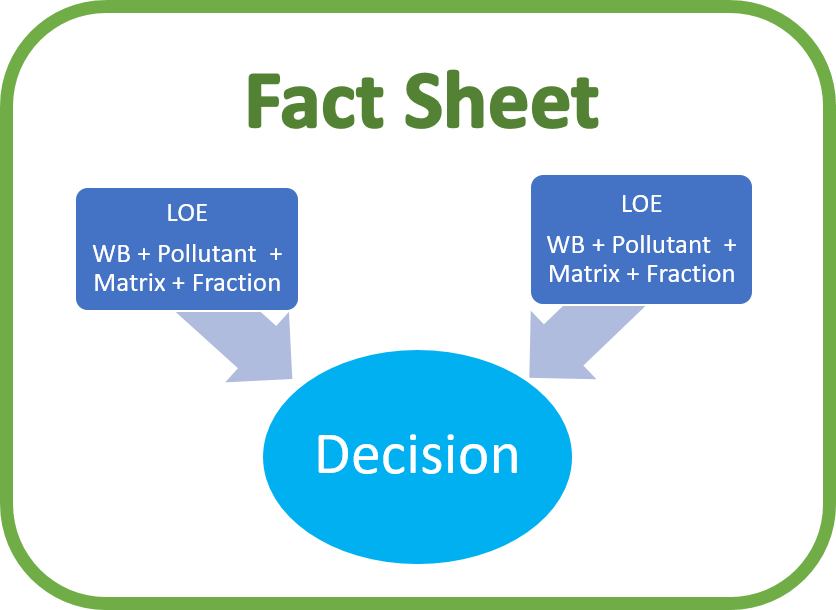California Integrated Report
What is the Integrated Report?
The Federal Clean Water Act (CWA) requires that California report on the quality of its surface waters every two years. Known as the California Integrated Report, it is the result of a collaborative process between the State and Regional Water Boards. California surface waters are assessed to determine if they contain pollutants at levels that exceed protective water quality standards. The two major components of the Integrated Report are the 305(b) condition report and the 303(d) list of impaired waters.
The 305(b) Report assigns an Integrated Report Condition Category to all assessed waterbody segments. Data are used to evaluate the most common beneficial uses, such as drinking water supply or fish consumption. Waterbody segments that exceed protective water quality standards are placed on the 303(d) List of impaired waters. Placing a waterbody on the 303(d) List initiates the development of a Total Maximum Daily Load (TMDL). In some cases other regulatory programs will address the impairment instead of a TMDL.
All readily available data and information is reviewed and assessed using the Water Quality Control Policy for developing California’s Clean Water Act section 303(d) List (Listing Policy). The Integrated Report must ultimately be approved by U.S. EPA.
What are the Condition Categories used in the 305(b) Report?
For this assessment, data are used to evaluate the most common beneficial uses, such as aquatic life, drinking water supply, fish consumption, non-contact recreational, and swimming. The U.S. EPA-approved condition categories are as follows:
305(b) Condition Categories
At least one core beneficial use is supported and none are known to be impaired.
Not enough information to determine beneficial use support.
Not enough information to determine beneficial use support, but there is information that indicates beneficial uses may be threatened.
4A: A TMDL has been developed and is expected to address impairment.
4B: Another regulatory program is expected address impairment.
4C: Impairment is the result of pollution and not a specific pollutant.
At least one beneficial use is not support and a TMDL is needed.
How is the Integrated Report structured?
The Integrated Report assessments are organized as Fact Sheets. Each fact sheet is a compilation of an assessment “Decision” and the Lines of Evidence (LOE) used to make that Decision. Each LOE is a unique combination of a waterbody, pollutant, matrix and fraction.
The term “matrix” refers to the sample medium used in an LOE. The “fraction” is the analyzed portion of the sample medium.
For example, the matrix of a water sample is water. The fraction defines how the constituent is assessed. For water, the fraction can be either the total constituent or the dissolved ratio of the constituent.

Who can I contact to change a water quality standard?
The section 303(d) List and the section 305(b) Report update efforts are not designed, intended, or able to revise existing water quality standards. Persons interested in recommending changes to existing water quality standards should contact the appropriate Regional Water Board. Efforts to revise the Basin Plan generally occur during the Triennial Review or through a Basin Plan amendment. For more information on this process, check with the Regional Board of interest.



